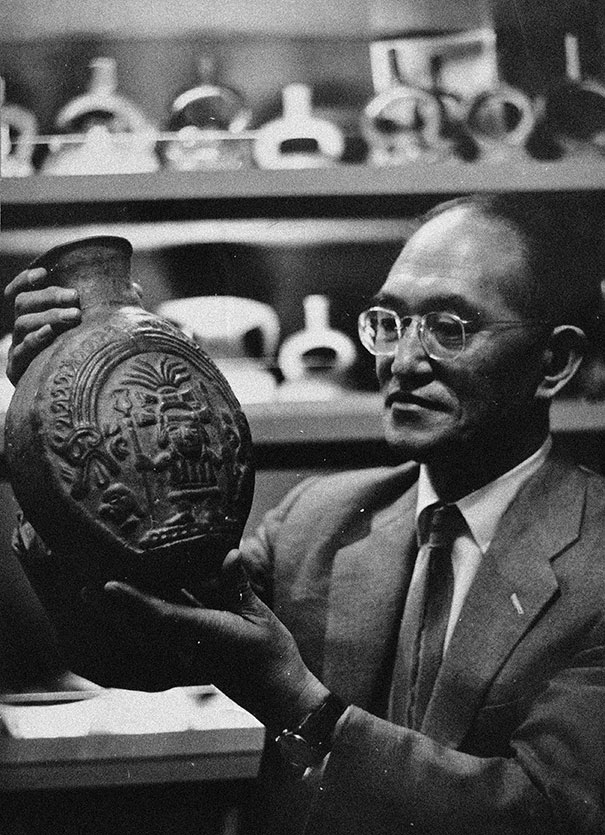AMANO
The Amano Textile Museum is internationally renowned for its great collection of archaeological material from pre-Columbian Peruvian cultures and the valuable contribution of Mr. Yoshitaro Amano to the protection of the world’s textile heritage. The museum was born after Mr. Amano, a successful Japanese businessman, decided to settle in Peru.
In his travels throughout Peru, Mr. Amano came across objects that had been abandoned by tomb raiders. As a cultured man, he understood the importance of such items and began to devote much of his time to the recovery and conservation of objects scattered across the coastal deserts of Peru, which he then displayed in his home in Miraflores.
In 1964 he founded the Amano Museum, one of the first purpose-built museums in Peru. The institution quickly became known as one of the most important exhibition spaces for Peruvian textile art and a cooperation bridge between Peruvian and Japanese researchers, receiving frequent formal visits from overseas scholars.
Recently, after 50 years’ service to Peruvian culture and the Japanese community, Mr. Amano’s successors and the foundation he established took the difficult decision to close the museum and embark upon the task of remodeling the exhibition, through the creation of specially designed galleries intended to accommodate a larger number of visitors and make the institution self-sustaining. The first step in this process was the securing of significant financial support from institutions including the Japanese Embassy, Sumitomo Metal Mining and the Miyasato company.
Just over a year after beginning this task, the museum reopened its doors and resumed its role as an active promoter of Peruvian culture. The remodeling has doubled the available exhibition space, improved conservation methods, and made it possible to display more than six hundred textile works from the Amano collection. New features include informative panels, videos, and the very latest multimedia applications.
The Amano family is fully committed to continuing its contribution to conservation and research focused on Peru’s textile heritage, in keeping with the wishes of the founder of this major national museum, and honoring his memory.
